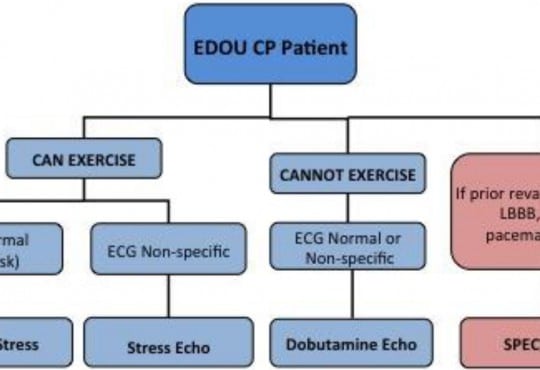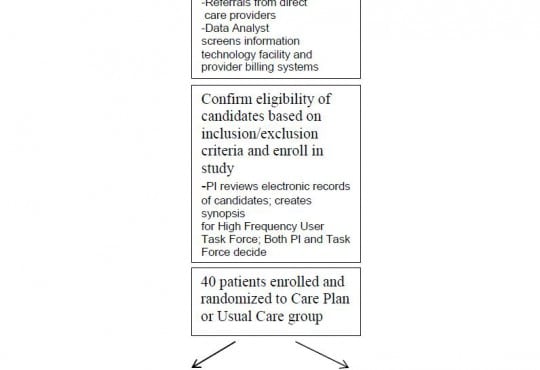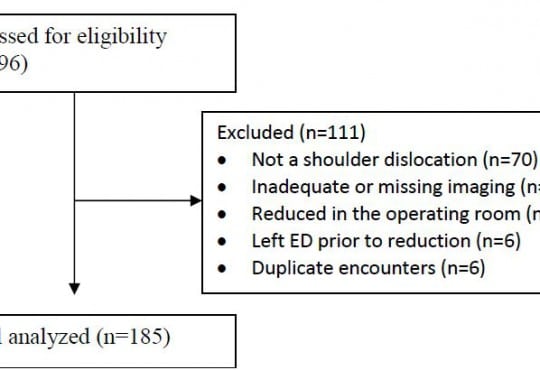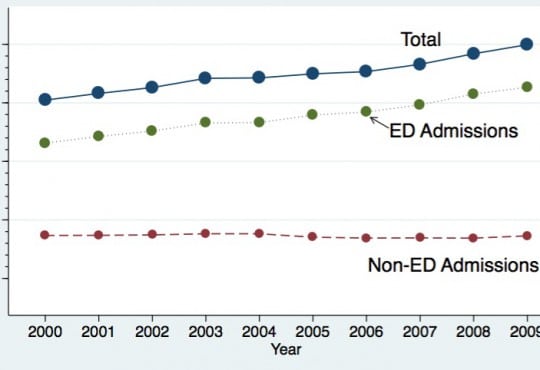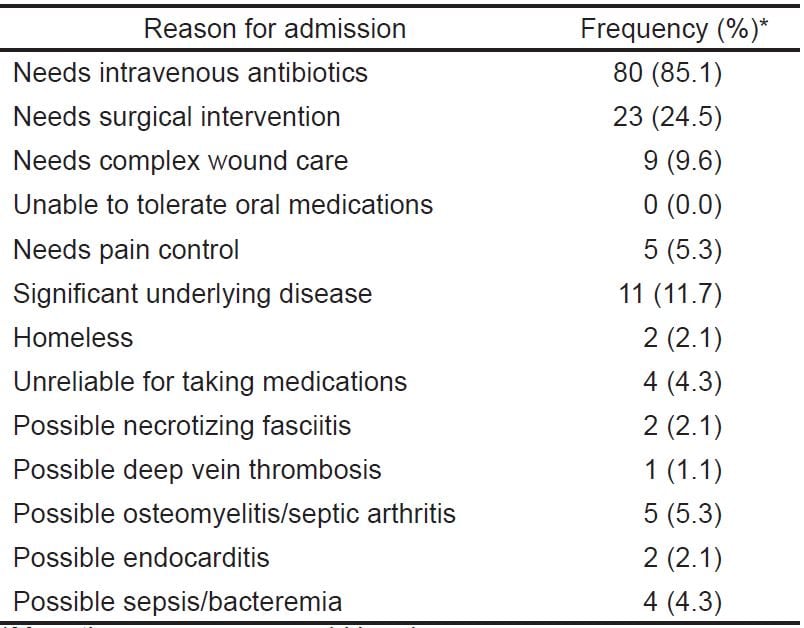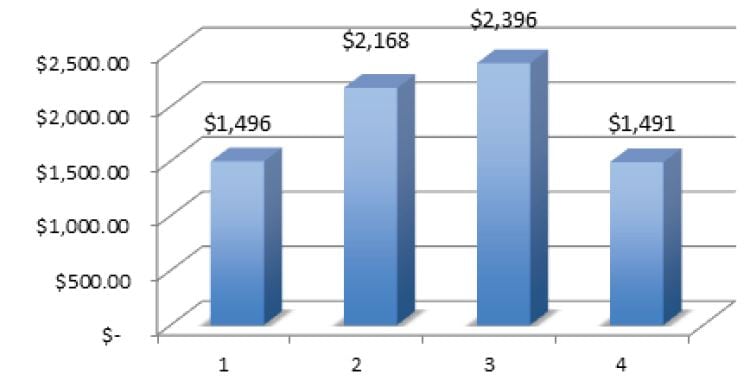Healthcare Utilization
Healthcare Utilization
A Method for Grouping Emergency Department Visits by Severity and Complexity
Westjem Read More
Healthcare Utilization
Role of Creatine Kinase in the Troponin Era: A Systematic Review
Westjem Read More
Healthcare Utilization
Latent Class Analysis of Barriers to Care Among Emergency Department Patients
Westjem Read More
Healthcare Utilization
Achieving the Triple Aim Through Informed Consent for Computed Tomography
Westjem Read More
Healthcare Utilization



